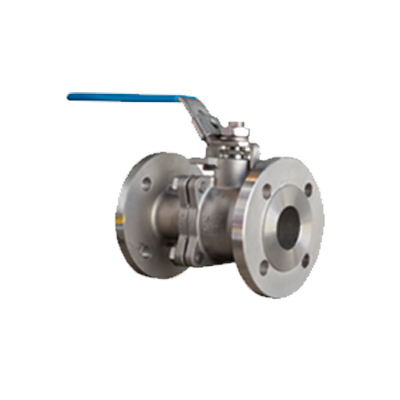Marine valves are essential components in a ship’s infrastructure, regulating the flow of fluids in critical systems such as fuel delivery, cooling, bilge, ballast, and fire protection. But not all valves are created equal—each type has its own strengths and trade-offs.
In this guide, we’ll compare the most common valve types used in marine environments: ball, gate, globe, butterfly, and check valves. Understanding their pros and cons can help marine engineers, operators, and shipowners make smarter decisions when selecting valves for specific applications.
Ball Valve – Compact and Quick to Operate
How it works: A ball with a central hole rotates inside the valve body to allow or block flow.
Applications: Fuel oil lines, freshwater systems, air lines
- Pros:
- Fast on/off control (90° turn)
- Excellent sealing performance
- Compact and low maintenance
- Cons:
- Poor throttling (flow control)
- May wear out with frequent cycling under high pressure
Best for: Quick shut-off in small to medium-sized pipelines
Gate Valve – Ideal for Full Flow or Complete Shutoff
How it works: A gate (or wedge) is lifted or lowered to open or close the flow path.
Applications: Ballast water lines, bilge systems, sea chest connections
- Pros:
- Minimal pressure drop when fully open
- Good sealing in either direction
- Simple design
- Cons:
- Slow to open/close
- Not suitable for throttling
- Larger in size than other valves
Best for: Systems requiring infrequent operation but full bore flow
Globe Valve – Precise Flow Regulation
How it works: A movable disk (plug) presses against a stationary ring seat to control flow.
Applications: Cooling systems, steam lines, fuel return lines
- Pros:
- Excellent for throttling and flow control
- Reliable shutoff
- Durable under high pressure
- Cons:
- Higher pressure drop
- More expensive than gate valves
- Heavier and bulkier
Best for: Applications where fine control of flow is required
Butterfly Valve – Lightweight and Efficient
How it works: A rotating disc in the center of the pipe turns to allow, restrict, or block flow.
Applications: Ventilation, ballast systems, seawater intake lines
- Pros:
- Compact and lightweight
- Quick operation
- Cost-effective for large diameters
- Cons:
- Less effective sealing in high-pressure situations
- Limited throttling precision
Best for: Low-pressure, high-volume flow systems with space constraints
Check Valve – One-Way Flow Protection
How it works: Automatically opens with forward flow and closes to prevent backflow.
Applications: Bilge discharge, ballast return lines, fuel systems
- Pros:
- Prevents reverse flow without manual operation
- Simple design
- Low maintenance
- Cons:
- Susceptible to debris blockage
- Limited control options
- May cause water hammer in sudden shutoff scenarios
Best for: Passive systems where backflow prevention is critical
Comparison Table at a Glance
| Valve Type | Flow Control | Sealing Quality | Maintenance | Best Use Case |
|---|---|---|---|---|
| Ball Valve | Poor | Excellent | Low | Quick shut-off |
| Gate Valve | Poor | Good | Medium | Full flow applications |
| Globe Valve | Excellent | Good | Medium-High | Flow regulation |
| Butterfly Valve | Moderate | Moderate | Low | Compact systems, low pressure |
| Check Valve | None | One-way | Low | Backflow prevention |
Final Thoughts
Choosing the right valve type isn’t just about technical specs—it’s about understanding your ship’s unique system needs. While a gate valve may be perfect for a ballast system, a globe valve might be more suitable for a fuel line that requires flow regulation. Smart valve selection can reduce maintenance, prevent failures, and improve operational efficiency at sea.
In the world of marine engineering, the right valve is not a detail—it’s a decision that affects the safety and performance of the entire vessel.
